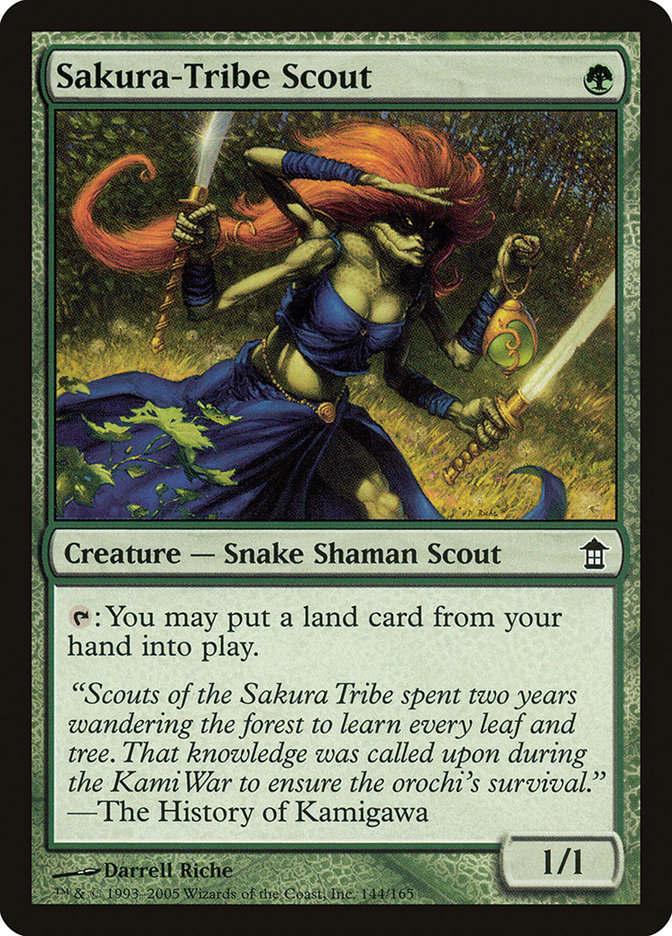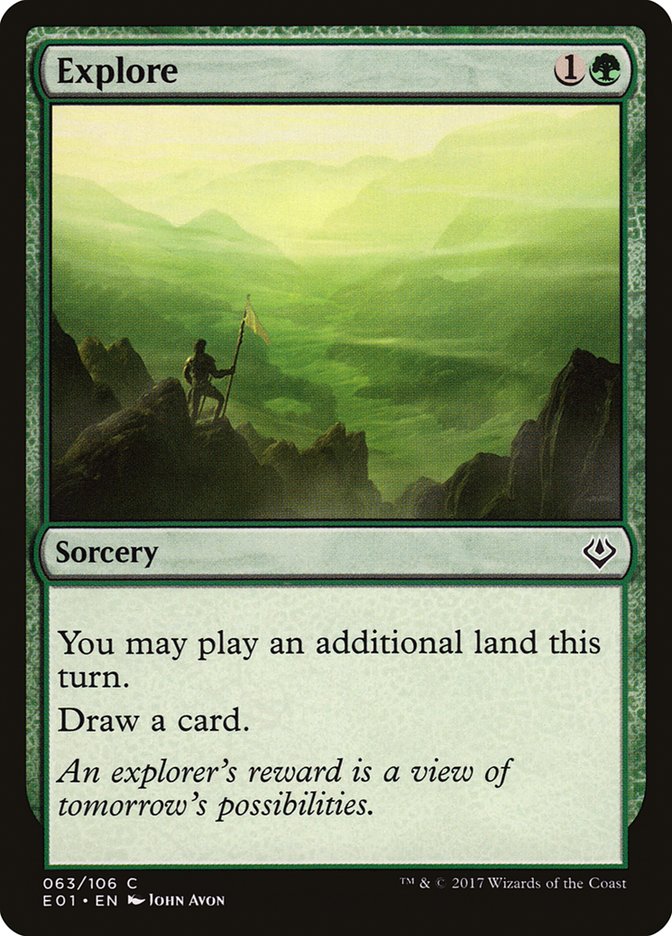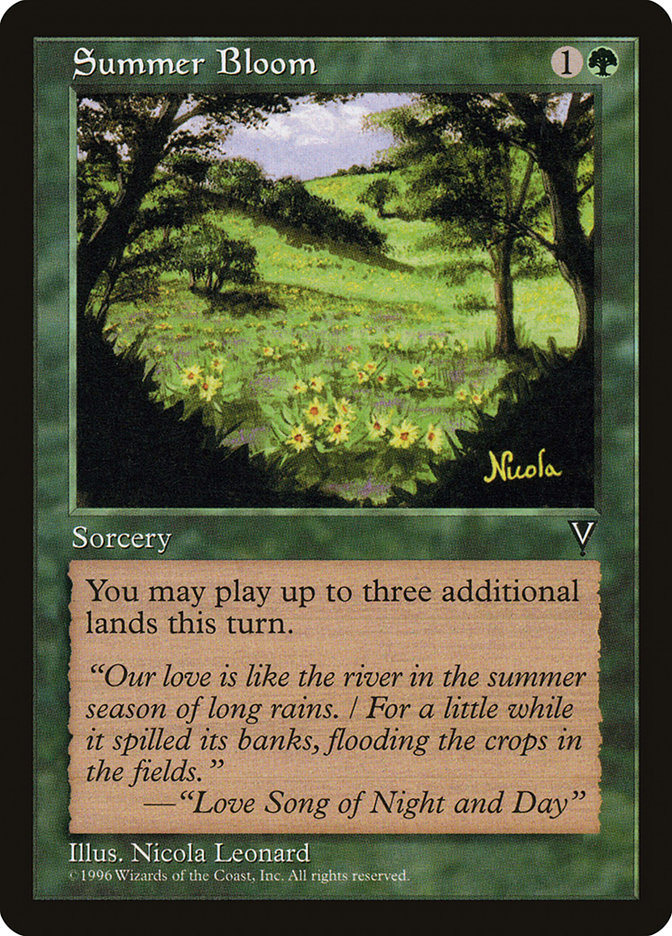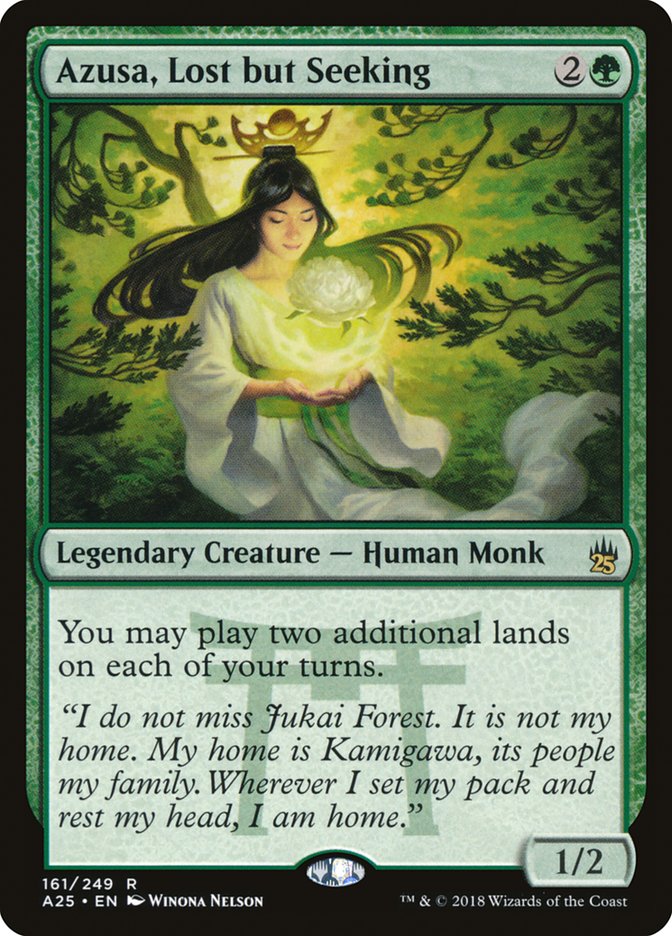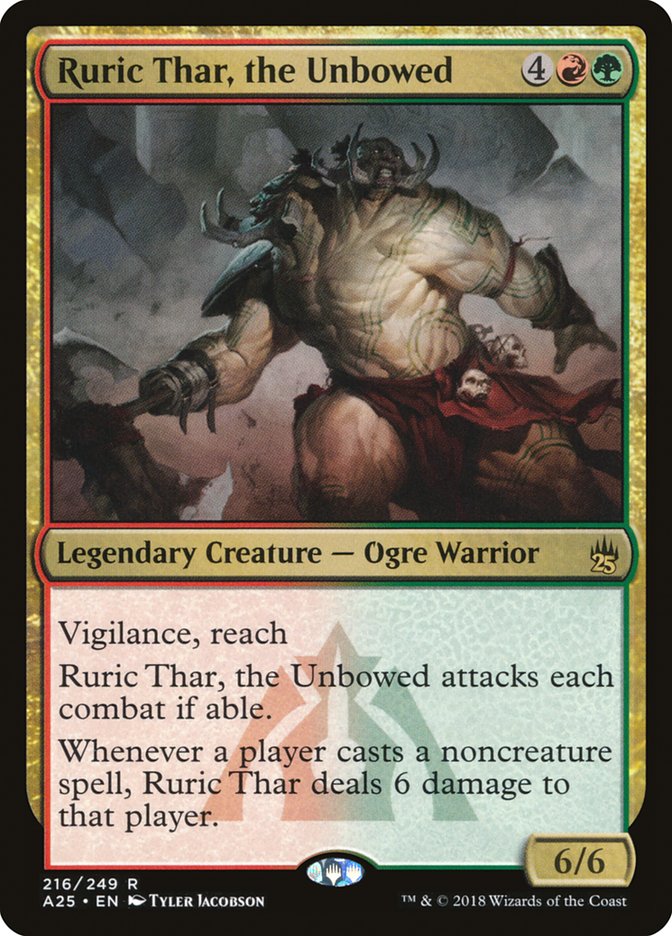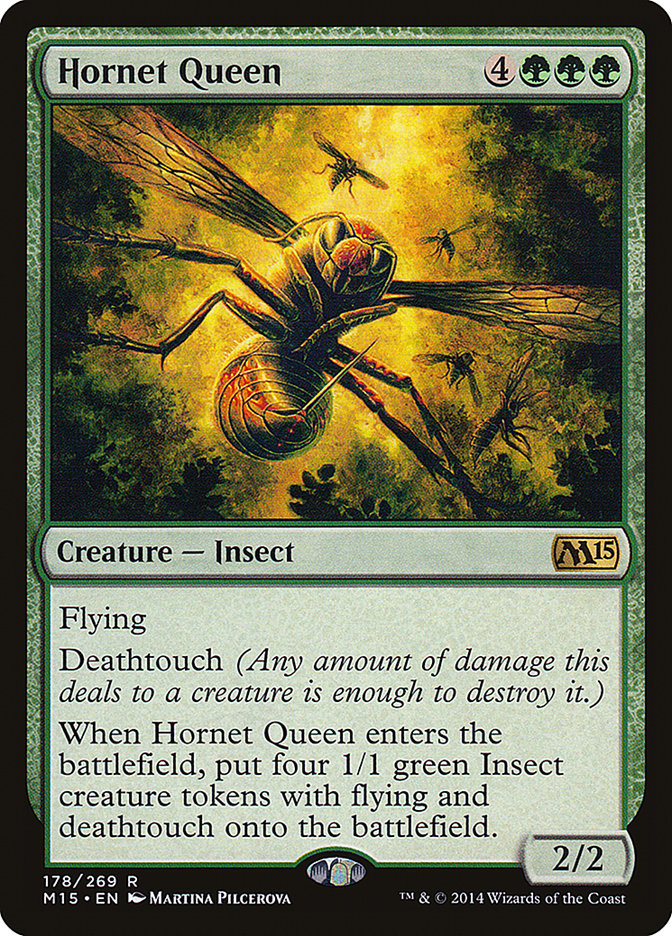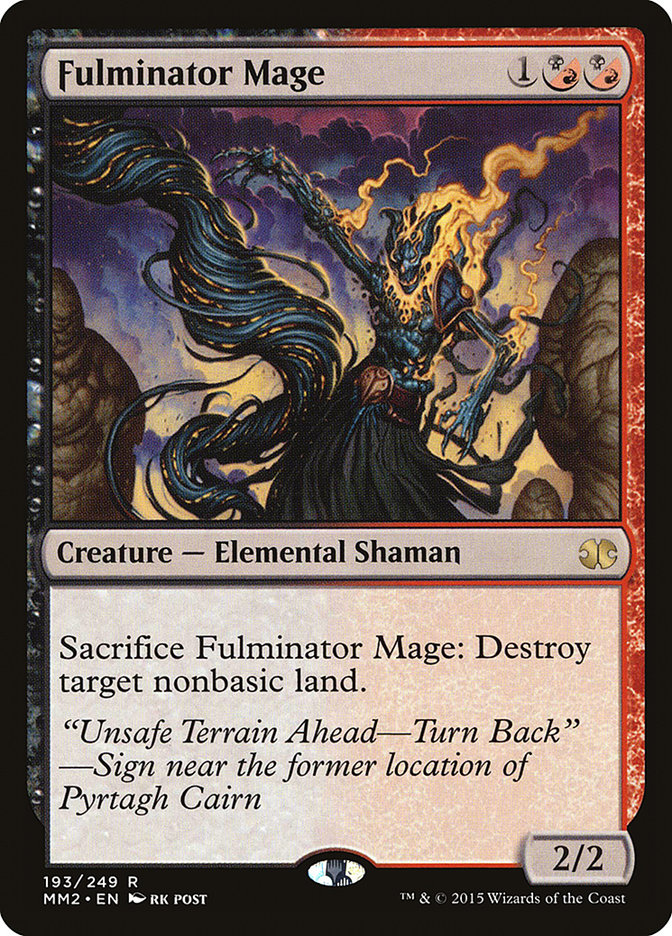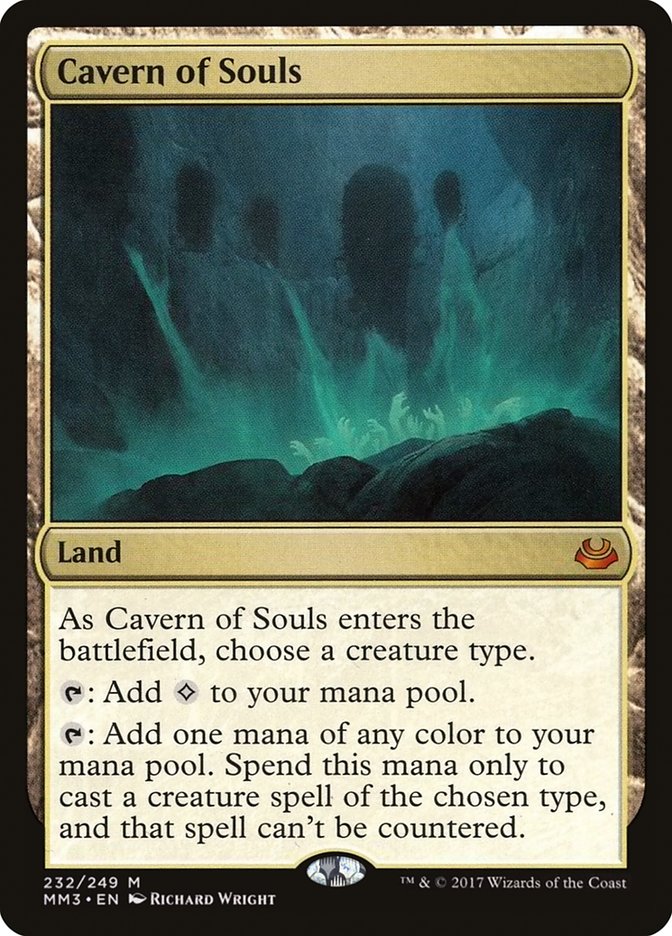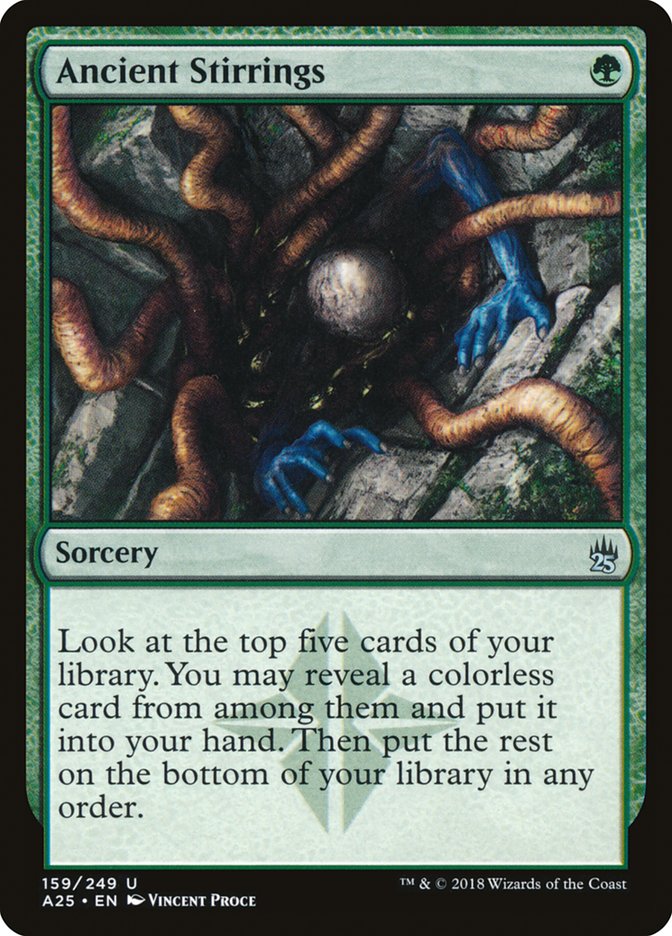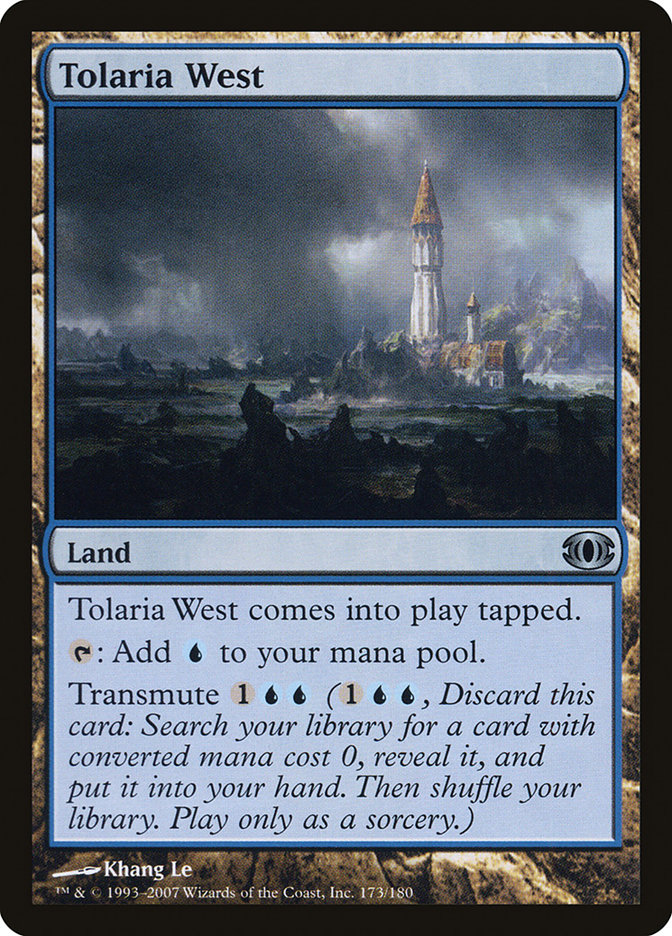Gone are the days of Turn 2 Summer Bloom enabling the six mana needed to cast Primeval Titan and completely blow open a game. However, contrary to popular belief at the time, that gameplan was only half of what Amulet Bloom was capable of. The ability for a Primeval Titan to enter the battlefield and essentially tutor for a Tolaria West created a seemingly endless chain of threats and answers that caused significant headaches to any deck that wasn’t able to pressure Amulet Bloom quickly. Luckily for fellow Primeval Titan enthusiasts, Modern is approaching a spot where that gameplan can thrive.
People often ask me why I think Amulet (as opposed to pre-ban Amulet Bloom) is still a viable archetype. I’ll be blunt – Sakura-Tribe Scout and Explore are no Summer Bloom, but they aren’t as far off as one may think. The biggest Eureka moment I had when revisiting Amulet was when I thought about the matchups where I really needed to be fast. Most of the opposing decks are non-interactive and have linear gameplans of their own. As a result, they aren’t interested in or even capable of interacting with the Sakura-Tribe Scout. In these matchups, the Scout does a solid impression of Summer Bloom.
Summer Bloom was a powerful card against the interactive decks, no doubt. However, in practice, people figured out that it was the card that had to be dealt with most. Although there is a wider range of ways to interact with Sakura-Tribe Scout, the games that play out after Summer Bloom was Spell Snared or Sakura-Tribe Scout gets killed feel pretty identical.
With the recent unbanning of Bloodbraid Elf and Jace, the Mind Sculptor, Modern has seen an influx of discard, removal, and counterspells to help facilitate the aforementioned cards…a strategy that isn’t effective against an astute Amulet pilot. Given enough time and lack of pressure, Amulet can function as a sort of toolbox deck, finding whatever threat or answer it needs in each specific circumstance.
Creatures (13)
Lands (24)
Spells (23)

Card Choices
There isn’t much of a stock list when it comes to a rogue archetype like this one, but I’ll talk about some card choices that don’t appear in every list.
I think playing four copies of Azusa is a must; something that shocks most people. Often there is criticism because she’s legendary and is rather poor in multiples. In reality, she’s your best ramp spell in most matchups and leads to the most wins out of any card when she’s in your opening hand. I would always rather draw two copies than zero for this reason.
In the past, two basic Forests have been various multicolor lands. Grove of the Burnwillows allows you to cast red sideboard cards as well as offer slight disruption to Death’s Shadow strategies. Botanical Sanctum or Yavimaya Coast allows you to have Swan Song mana earlier or make it easier to naturally transmute a Tolaria West.
In the current metagame, I think both of these are less relevant than the prevalence of Field of Ruin. Field of Ruin’s effectiveness against you ranges from slight annoyance to completely devastating, depending on whether or not you have a basic to find from it. Having slightly more game against Blood Moon also doesn’t hurt.
In many games, Walking Ballista acts as another Engineered Explosives that’s better on certain battlefields. However, when Walking Ballista is good, it’s completely devastating. Having access to one of these in the 75 when you have access to a lot of mana in the late-game can save you from being far behind on the battlefield or pose a game-ending threat all on its own. The latter mode is especially relevant against the control decks of the format; at the end of your Primeval Titan chain, you can reset your Cavern of Souls on Construct and essentially Fireball your opponent out of the game from almost any life total.
Each of these cards is individually powerful in specific matchups. What I like about building the sideboard in this way is that it feels like I have a much larger sideboard than I actually do. Since Modern is so diverse, you could play against a wide variety of different archetypes. When Hornet Queen is good, I’ll have five copies of her. When Ruric Thar will end the game, I have five opportunities to do so. You could shoehorn cards like Batterskull and Wurmcoil Engine into the sideboard instead, but then you don’t get to take full advantage of Summoner’s Pact, a powerful tutor that the deck already wants.
I tried Jace in Amulet upon its unbanning and was unfortunately unimpressed. Jace is a solid midrange threat and can force the opponent to react to him or quickly get buried, but he can be difficult to cast and requires you to shoehorn some more blue sources into the deck; which makes you sacrifice other benefits like the number of basic lands you can play.
The deck is also not really capable to protecting Jace, and since most opponents have to pressure your life total or lose to your inevitability, Jace is likely only good in games where you’re already ahead. I’ll revisit Jace in the future, but for now, I’m not sure he’s even better than a Tireless Tracker at taking over the game if unanswered.
How to Approach B/G/x Thoughtseize Decks
Big mana decks have historically been a nightmare for the B/G/x Thoughtseize decks of the world. Without a significant clock, it can be difficult for the midrange deck to outpace the possibility of a game-ending topdeck. The same is true here. Counting Tolaria West, Amulet has a virtual eleven copies of Primeval Titan, and it usually only takes one to end the game. No amount of Terminates will beat the Squadron Hawk-esque ability of the enters-the-battlefield trigger, and their Tarmogoyfs and Bloodbraid Elves will have been quickly outclassed.
Their best gameplan by far is to stick an early threat into a Liliana of the Veil, or, after sideboarding, to try to tax your mana with Fulminator Mage. Our sideboard threats all help to make sure that they’re not able to snowball this gameplan in their favor. Obstinate Baloth is a solid tutorable bullet that is especially good against Liliana of the Veil, and Tireless Tracker shines in resource-light games. You can often set up a scenario where even if they kill the Tireless Tracker, you have produced one or more Clues, which can often be more than enough to stay ahead on resources.
Against Fulminator Mage, you want to avoid letting them hit one of your bouncelands for as long as possible. This can mean not playing a bounceland on Turn 2, even if it might slow down your development in the later turns. In games where Sakura-Tribe Scout lives, you can use her as a counter of sorts to the Stone Rain effect of Fulminator Mage by sandbagging a bounceland in your hand to put onto the battlefield in response.
Your top goal against B/G/x Thoughtseize decks is to drag the game out because you’re favored in the long game due to the power level of Amulet. Cards like Dismember and Engineered Explosives (in addition to the midrange threats) go a long way to slow down these decks and keep yourself off the back foot.
How to Approach Jace, the Mind Sculptor Decks
The matchup against the Jace decks can be a bit trickier and often revolves around the card Cavern of Souls. The combination of Ancient Stirrings and Tolaria West gives you a lot of looks for Cavern of Souls, and in most games you should prioritize finding one before you cast your first threat.
Turn 4 is a crucial point in these matchups, and the fact that Jace, the Mind Sculptor is both sorcery-speed and unable to really disrupt us in the developmental turns is a point in our favor. Against past iterations of control decks, the scariest card they could cast against Amulet Bloom was Geist of Saint Traft, but only when they were on the play. That’s because it tends to be trivially easy to stick a Turn 4 Primeval Titan in most games, so if they ever tapped out, you could close the door instantly.
Due to this, they often have to play the game more slowly, which you can beat them at in most games. Achieving a critical mass of threats that accrue value slowly can exhaust Jace decks of all of their resources, and then you can kill them with any scraps that you have left behind.
That’s why Cavern of Souls is such an important card in the matchup. Being able to reset it repeatedly via bouncelands can let you gain small incremental advantages. Tireless Tracker plus a land drop and Obstinate Baloth are both cheap ways to pull ahead against an empty battlefield, and if they ever try to turn the corner with a win condition like Jace, you get to punish them with a game-ending Primeval Titan.
Struggles for Amulet
So what’s stopping Amulet from taking over again?
Blood Moon was always difficult to beat, but you were able to sidestep it much more frequently when getting a Primeval Titan onto the battlefield on Turn 2 was more common. Nowadays, it’s much more difficult to do so. The sideboard doesn’t have much enchantment removal, and often I’m asked why I don’t play more of it to manage Blood Moon.
The reality is that Modern’s incredibly diverse and I think it’s just better to have the one Reclamation Sage to tutor for via Summoner’s Pact, essentially giving you five outs to the problematic enchantment. With four basic Forests in the deck, having green mana is much more likely than in past iterations of Amulet, and in the matchups where it’s required, it can often be correct to prioritize finding one with Tolaria West or Ancient Stirrings if possible. In some games, you can also preemptively set up an Engineered Explosives on three to keep you insulated against Blood Moon.
Fortunately, due to the ineffectiveness of Blood Moon against Tron, people tend to err on the side of using land destruction effects to disrupt big mana strategies. These disruptive elements are much easier to fight through via Sakura-Tribe Scout. With a bounceland in hand, we can completely invalidate their ability to destroy a land with a land destruction effect, and the repeatable extra land drop effects can mitigate the possible tempo loss that occurs from them. In addition, the fact that the bouncelands are pseudo-two-for-ones when they stick allows you to get to six mana with fewer actual resources.
***
I believe Amulet really rewards someone who understands its intricacies and what role it must take in various matchups. Big mana decks are in prime position to thrive in the new Modern metagame, and I believe Amulet is the best of the options to accomplish this. Its toolbox nature is perfect to combat the newly unbanned tools many players are using, Jace, the Mind Sculptor and Bloodbraid Elf.


